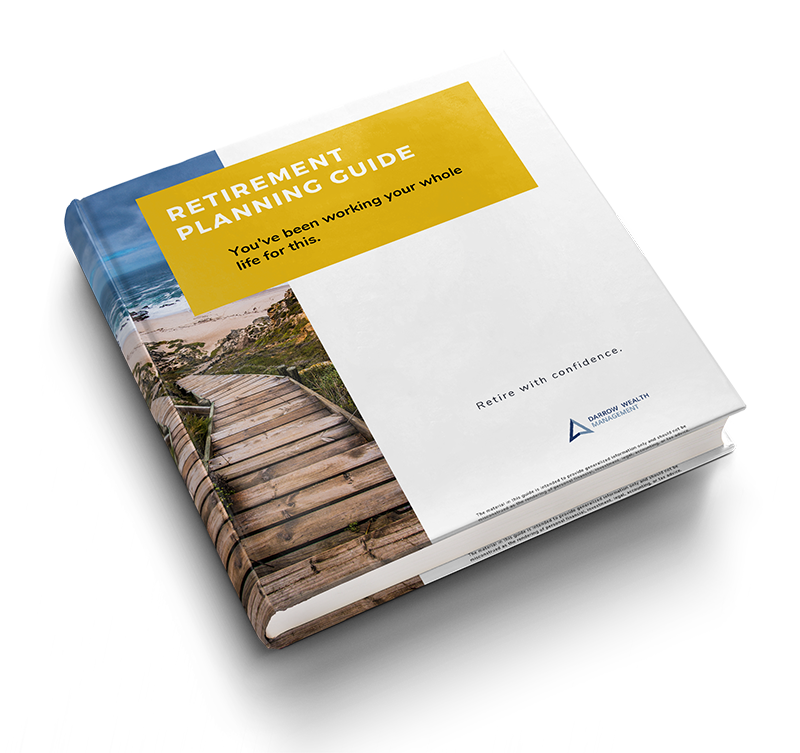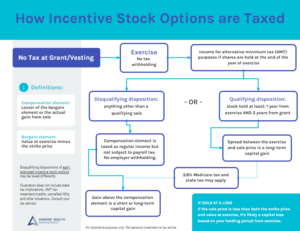As you approach retirement, it’s important to have a strategy to minimize the taxes on your withdrawals. Keeping in mind a few key points can help prepare you to manage your savings in retirement. Since everyone’s circumstances are different, work with your financial advisor to determine the best approach for your unique situation. Developing tax-efficient retirement withdrawal strategies to plan your income distributions will be an ongoing process. In retirement your cash needs will change, as will the tax code and planning opportunities.
Different accounts, different tax treatment: tax-free, taxable, and ordinary income
Retirement savings are typically held in three different types of accounts: tax-free, tax-deferred, and taxable. The Roth IRA and Roth 401(k) are examples of tax-free accounts. When you take money out in retirement, you don’t owe any taxes (because you contributed after-tax dollars).
Tax-deferred accounts include the Traditional IRA and the regular 401(k) plans. As long as you keep money in these accounts, you don’t pay taxes on annual investment gains. However, when you make a withdrawal in retirement, the entire withdrawal is taxed at ordinary income rates.
While not a ‘retirement’ account, a brokerage account is commonly used for affluent investors to supplement savings in retirement accounts. A brokerage account is a taxable investment account. Capital gains and dividends are subject to tax each year. You’ll likely owe some tax even without a withdrawal, but by holding positions for more than a year you can benefit from favorable long-term capital gains rates.
Having assets in all 3 types of accounts provides opportunities to create tax efficient retirement withdrawal strategies.
The retirement income strategy traditional rule-of-thumb: spending taxable accounts first
When you have a combination of accounts, you have a few different options to minimize your tax liability in retirement. One strategy is to use the funds in your taxable accounts first. This way you’ll keep enjoying tax-deferred growth on your earnings while spending down taxable accounts.
While this approach isn’t without merit, it’s likely a too simplistic for most investors. When you eventually begin taking money out of your tax-deferred accounts, the withdrawals might be large enough to push you in a higher tax bracket. Drawing down retirement accounts before RMD-age helps prevent a tax cliff later.
When you turn 70 1/2 or 72 (depending on your age) you will need to start required minimum distributions (RMDs) from your tax-deferred accounts. Without planning, RMDs can force into a higher tax bracket and paying more tax.
The most tax efficient retirement withdrawal strategies are dynamic
Depending on your financial situation each year, you may want to meet your income needs with dynamic withdrawals from different accounts. After age 59 ½, you can access retirement funds without penalty.
In years when you are in a lower marginal tax bracket, consider taking money from your tax-deferred accounts. The low marginal tax rate reduces the amount you will owe in taxes and may also help decrease future required minimum distributions.
If you’re in a high marginal tax bracket in retirement or a spouse is still working, consider your tax-free and taxable accounts. Postponing withdrawals from tax-deferred accounts until your tax rate is lower helps preserve assets and continue tax-deferred growth. Not only could taking money out of your tax-deferred accounts push you into a higher tax bracket, it could also trigger taxes on your Social Security income.
Adapting your retirement income strategy to your goals: income today vs leaving an inheritance
If one of your main goals is to preserve your wealth for heirs, consider saving taxable assets. By using tax-deferred or tax-free funds while you are living, you may be able to pass remaining taxable assets to a beneficiary on a “stepped-up” cost basis. A step-up in basis values an asset on the date of your death, not the original cost. This stepped-up cost basis is used for calculating capital gains taxes.
Further, following the passing of the Secure Act, non-spouse beneficiaries can no longer stretch an IRA over their lifetime. Instead, they have to take the entire account within 10 years. For beneficiaries in their prime working years, this could significantly complicate their tax situation and ability to qualify for financial aid during college years.
The right approach for you and your family will always depend on your specific situation, goals, and the current tax laws. Having a solid retirement plan and working closely with your fee-only wealth advisor well before retirement helps ensure your retirement income needs are met in the most tax-efficient way possible.
Interested in learning more about tax efficient retirement withdrawal strategies? Contact a Darrow advisor for a free consultation today.












